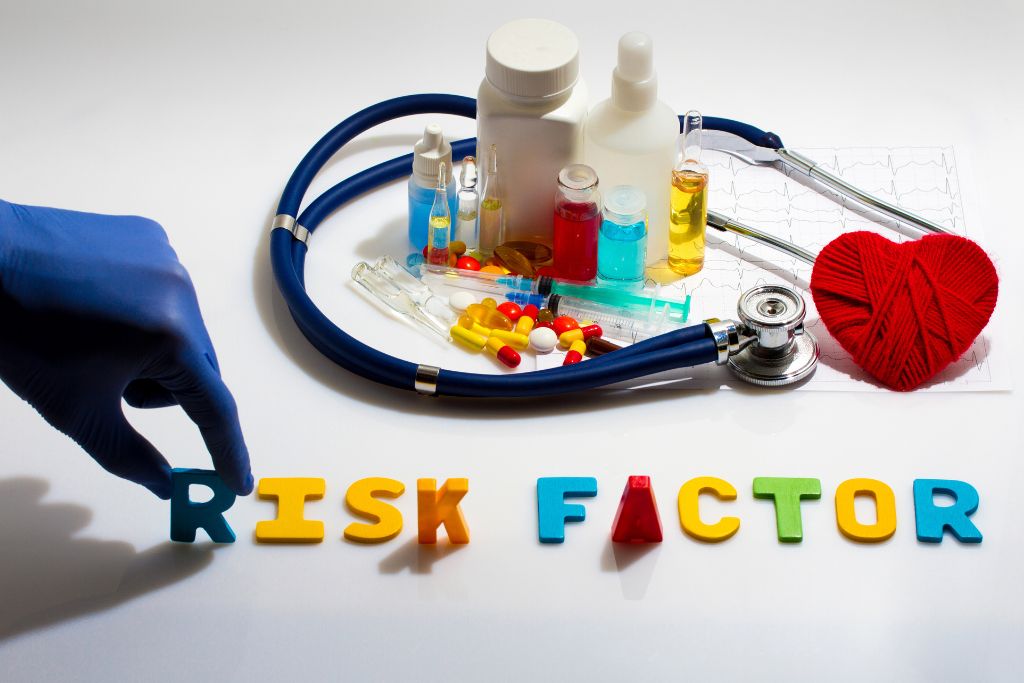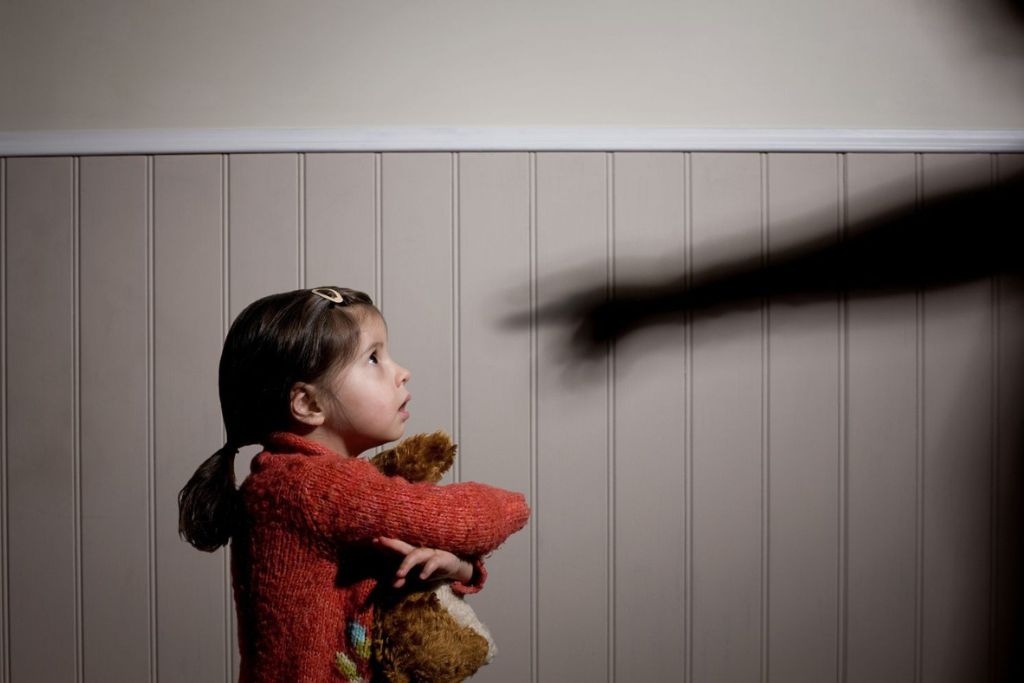The long-term effects of child abuse include physical, psychological, behavioral, and societal consequences. It is important to know what the different effects are so that the right steps can be taken to stop them. However, the long-term effects of abuse also depend on many factors, including the type of abuse, the level of trauma, and the age of the child. In addition, evidence-based interventions show that there is potential to treat children who have been abused.
Brain development
Childhood abuse is a form of trauma that can disrupt brain development. Long-term effects of child abuse include impaired executive function and the formation of antisocial traits. This is a risk factor for mental disorders and criminal behavior.
Recent studies have suggested that genes and environment interact to affect neurodevelopment. In particular, early maltreatment may impair the formation of complex neural networks.
The hippocampus, cerebellum, and prefrontal cortex are among the regions of the brain affected by childhood maltreatment. These areas are involved in learning, memory, social cognition, and conflict processing.

Studies have shown a correlation between childhood abuse and behavioral and psychiatric disorders. However, these studies have not been controlled for co-morbid psychiatric conditions. Moreover, they have not investigated monoamine neurotransmitter transporter abnormalities in children with a history of abuse.
Future studies should examine the relationships between childhood abuse and abnormal brain structure and function. These studies should combine structural, functional, and neuroimaging modalities. They should also investigate the impact of gender.
Physical, psychological, behavioral, and societal consequences
Child abuse and neglect have a range of physical, psychological, behavioral, and societal consequences. While some of these are short-lived, some have long-lasting effects. The goal of the research is to identify the factors that protect children from negative outcomes.
Using a combination of observational and experimental designs, researchers have studied how abuse and neglect affect different aspects of a child’s life. These studies have shown that not all children experience the same outcomes, and a few may even survive. However, the overall pattern of findings shows that risk factors outweigh protective factors.

Research has also shown that some children can recover from abuse and neglect. Among these survivors, many develop the self-confidence and resilience to become kinder and more caring people. This is important because a child’s relationships with peers are critical to their sense of well-being.
Several studies have found that a child’s prenatal exposure to substances like alcohol or tobacco has a large impact on their long-term health. Moreover, child neglect is associated with lower levels of economic productivity.
Epigenetic factors
When a person is exposed to stress during childhood, they are at risk for an increased risk of future illnesses, including cancer and heart disease. This is because epigenetic factors can modify the way a person’s brain responds to stress. Studies suggest that child abuse may be a trigger for these epigenetic changes.
Studies of abused children have found a variety of negative effects on their health, including an increased risk of depression and suicide. During childhood, abuse and extreme stress can affect early brain development, leading to chronic health problems later in life.

The long-term impact of childhood abuse on the human genome is summarized in this article. It is based on a meta-analysis of studies that examined the biological relationship between child abuse and the long-term health effects of childhood adversity.
While a number of studies have examined the role of a person’s genes and environment in determining their susceptibility to illness, no comprehensive review has yet been conducted to address the role of epigenetic factors in childhood maltreatment. However, the evidence is starting to build.
Evidence-based interventions show promise in treating traumatized children
Evidence-based interventions for children exposed to trauma show great promise. These approaches can help prevent PTSD and other trauma-related symptoms and improve the well-being of young people. Investing in these programs is critical for improving the overall health of our youth.
In the past decade, several technology-based training models have been developed. This trend is expected to continue as more providers become familiar with these techniques. Nonetheless, significant barriers remain to the widespread implementation of these types of interventions.

To address this, the Agency for Healthcare Research and Quality has commissioned systematic reviews on the effectiveness of interventions to treat children who are exposed to traumatic stress. These reviews include both technology-based and non-technological approaches. The results of these studies can be used to develop guidelines for practitioners.
Structured Psychotherapy for Adolescents Responding to Chronic Stress (SPAARCS) and Trauma and Grief Component Therapy (TGCBT) are two examples of transdiagnostic interventions. SPARCS can be given by psychologists or social workers, and it can also be changed to be used in schools. TGCBT is a group-based treatment program aimed at reducing PTSD and grief.




